On april 10th 2019 the European Institute for Gender Equality (EIGE) published a report on “Gender Budgeting. Mainstreaming gender into the EU budget and macroeconomic policy framework”. It presents the main research results of the gender budgeting projects of the European Institute for Gender Equality (EIGE) in 2016, 2017 and 2018.
The projects supported policy makers and practitioners from the EU and EU Member States to adopt a consistent and systematic approach to implement gender budgeting as the main tool of gender mainstreaming within EU economic governance and budgetary processes.
The report investigates, on the one hand, how gender equality policies are anchored in the EU budget and, on the other hand, describes in detail how the EU institutions and the Member States can contribute to gender equality through gender budgeting.Continue Reading EIGE Gender Budgeting Report 2019: Mainstreaming gender into the EU budget and macroeconomic policy framework
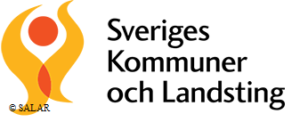 The
The 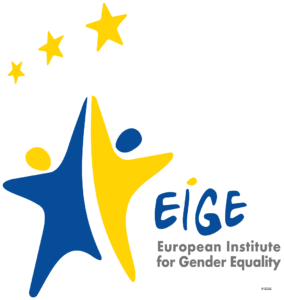
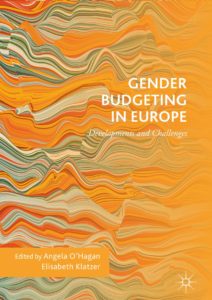
 Interview with Oliver Rohbeck, Berlin
Interview with Oliver Rohbeck, Berlin 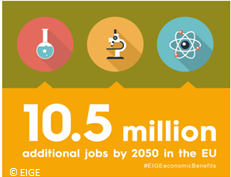 There are overwhelming differences between women and men in the EU …
There are overwhelming differences between women and men in the EU …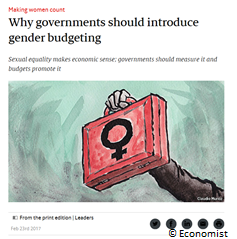 An article entitled
An article entitled  At least since 2014, it has been clear to us that the Austrian Gender Budgeting model has become an international example of best practice. Back then, a
At least since 2014, it has been clear to us that the Austrian Gender Budgeting model has become an international example of best practice. Back then, a